If you’ve been curiously looking at the colourful pedalboard of your guitarist friends and wondering how those cool boxes work and how they would sound plugged into your synth… look no further.
Guitar pedals are compact power machines, that are fundamental for enhancing your instrument’s unique sound. Pedals can add all kinds of effects, from distortion to reverb and can even be used to loop your sound. Guitar pedals aren’t just for guitars though, so let’s explore some of the different kinds of effects you can use and take a look at some of the best guitar pedals for synths available!
Best 5 Guitar Effects Pedals for Synths
Reverb
Hall, room, plate, spring… all the reverb types we love and beyond. But what is reverb?
Reverb occurs when a sound hits a surface that reflects it in different ways depending on the surface itself and the space where it’s located. Pedals emulate and exaggerate all these natural reverberations.
In a nutshell, reverb helps in creating depth and ambience around your sound. It can reproduce the reverb you’d get in a cathedral, or even in a cave! The first artificial reverb appeared in the 1940s in Hammond’s organs and soon became a compact reverb effect that was also licensed to other brands, such as Fender. The first reverb pedal dates back to 1976 and it’s the EMT 250 Electronic Reverberator Unit, by EMT and Dynatron. Nowadays, this is the most famous and used type of pedal.
BEST REVERB PEDAL FOR SYNTHS: STRYMON BIG SKY

The Strymon Big Sky is by far one of the most famous reverb pedals on the market, used by musicians encompassing every genre and instrument. It can be seen in Martin Garrix’s studio as well as in Justin Vernon’s (aka Bon Iver).
Strymon have set the standard for powerful, multi-effect pedals and the BigSky is the living proof: you can get classics such as Spring and Plate reverbs, as well as glistening ambient textures thanks to Strymon’s own reverb engines. If you choose the Cloud mode, you’ll get a magical particle-like effect inspired by ambient reverbs of the ‘70s. Another favourite is the Magneto mode, a multi-head echo with all heads on, that blurs the line between delay and reverb.
If you’re into drones and cavernous soundscapes, the Freeze switch will be your best friend. Press it and the note will go on playing, forever, with each further note you hit adding to the reverb tail.
Big Sky is easy and intuitive to use despite its complex engine, thanks to a clear interface with all the parameters you need at your fingertips. If you really want a stompbox with everything you look for in a reverb pedal and more, this is the one.



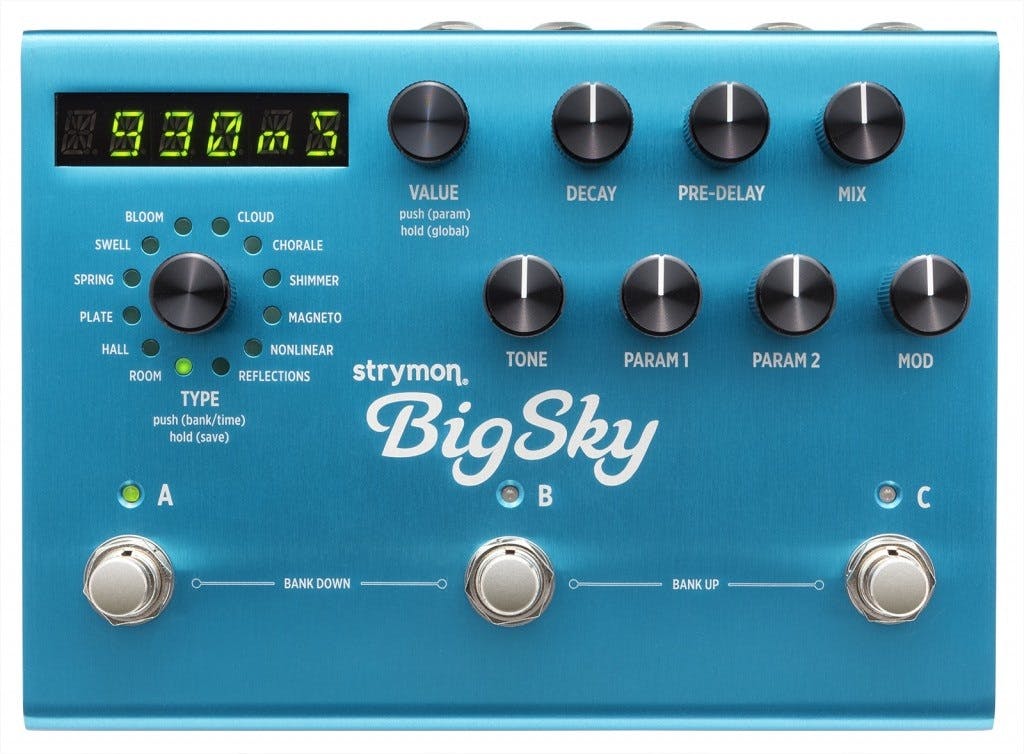
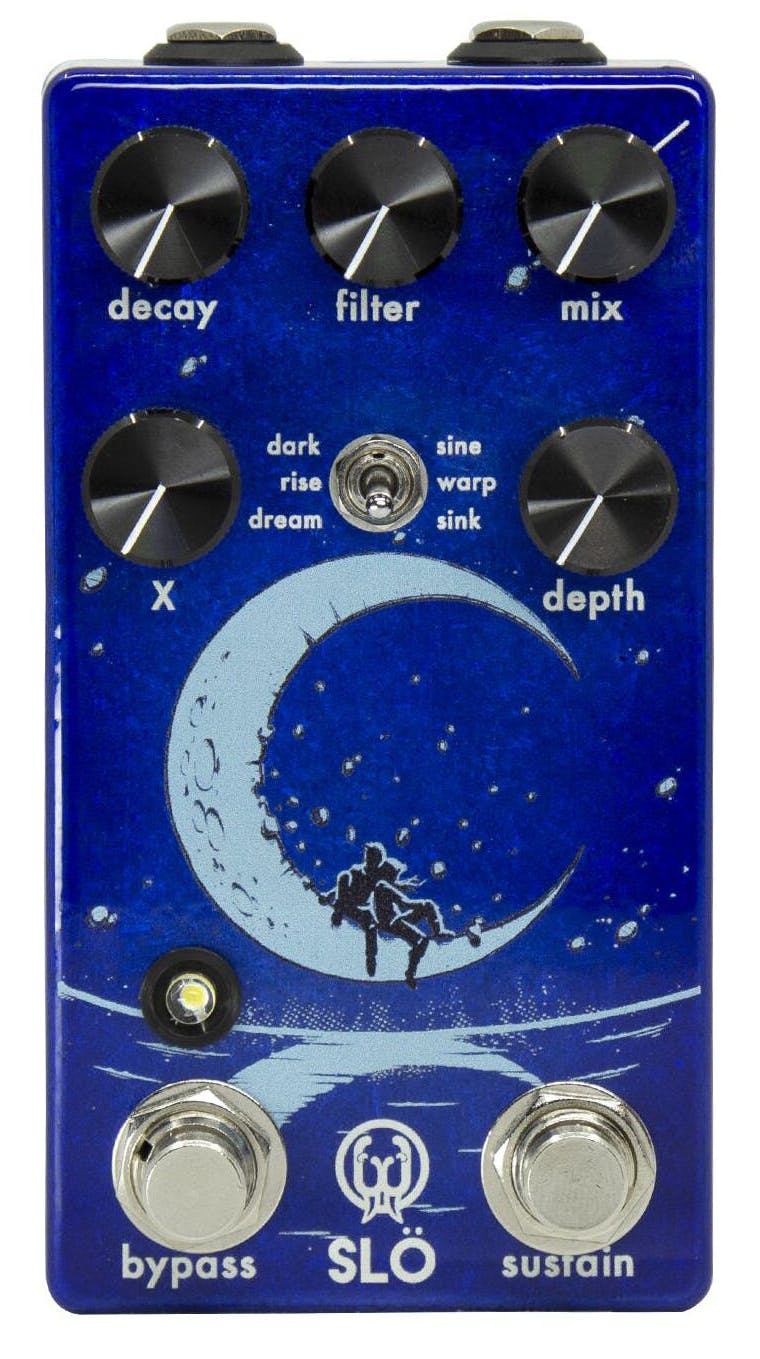

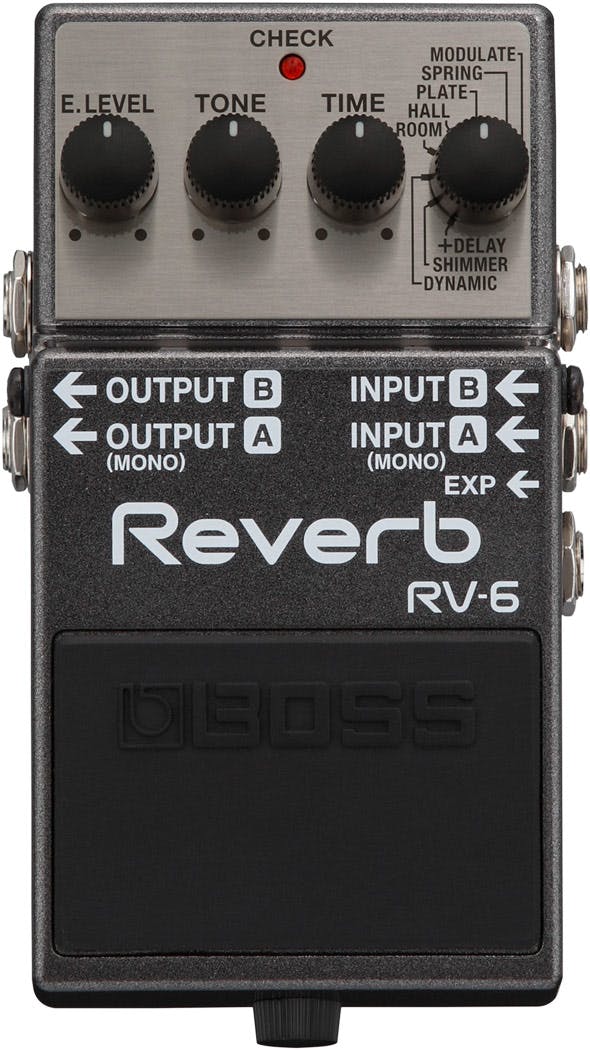

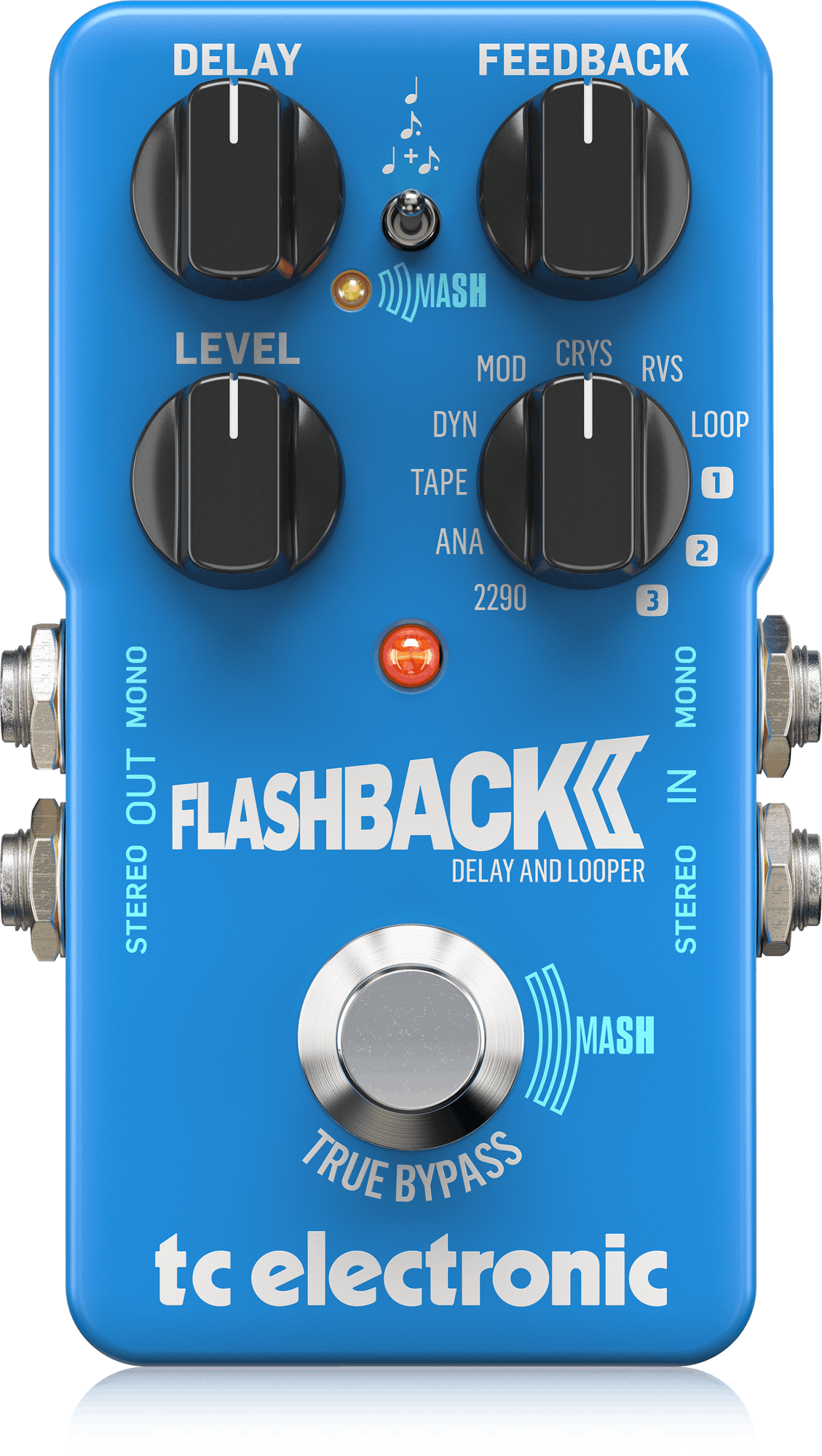
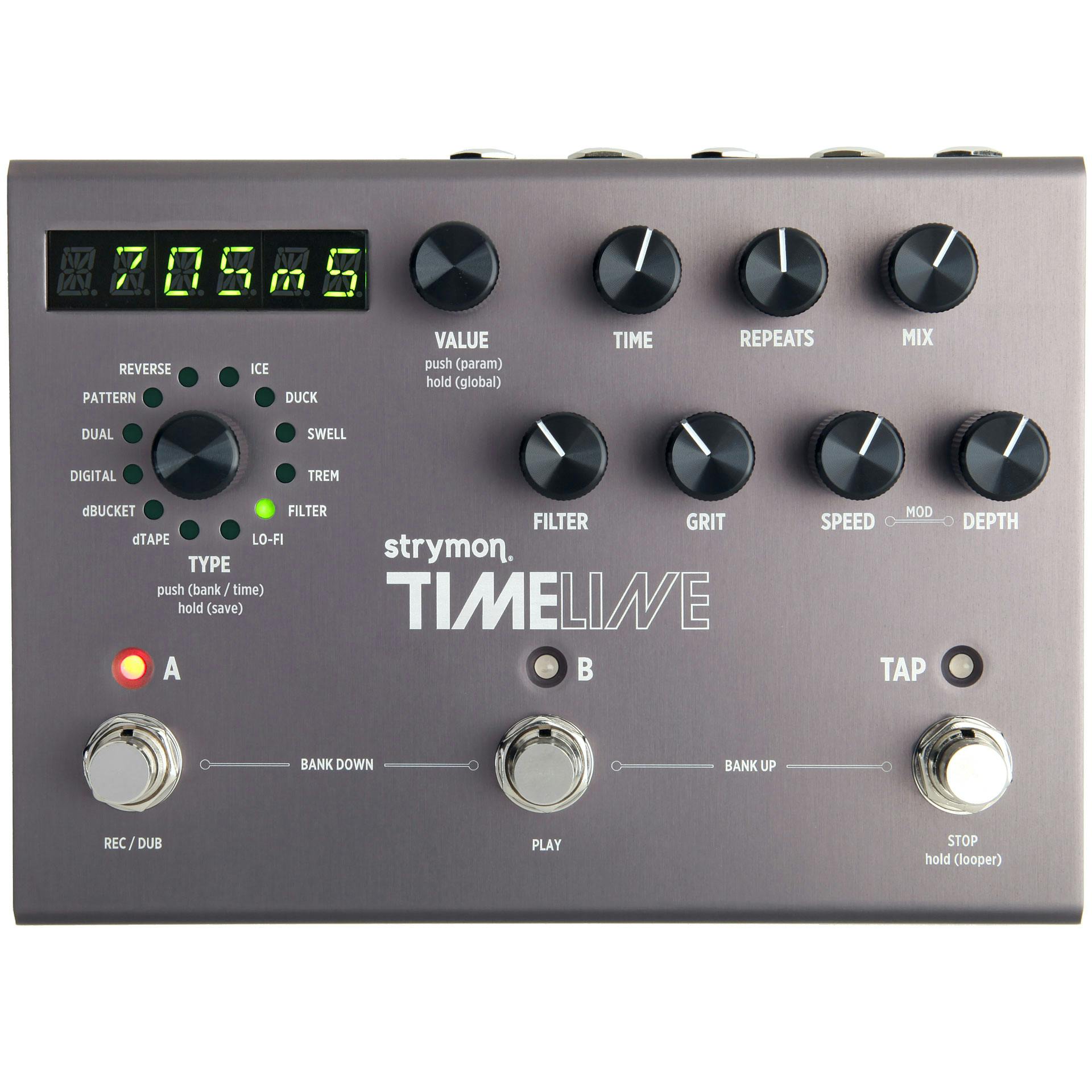
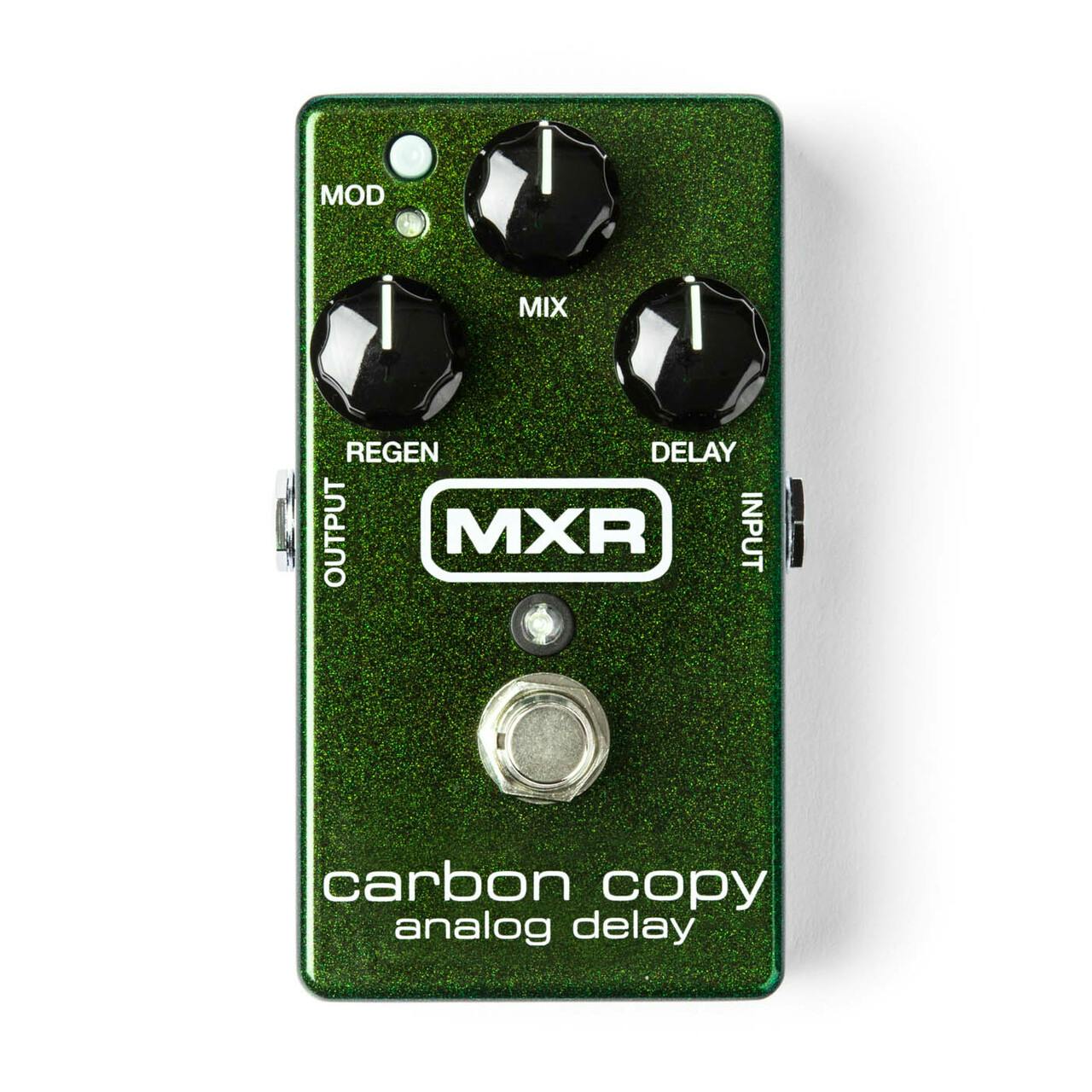
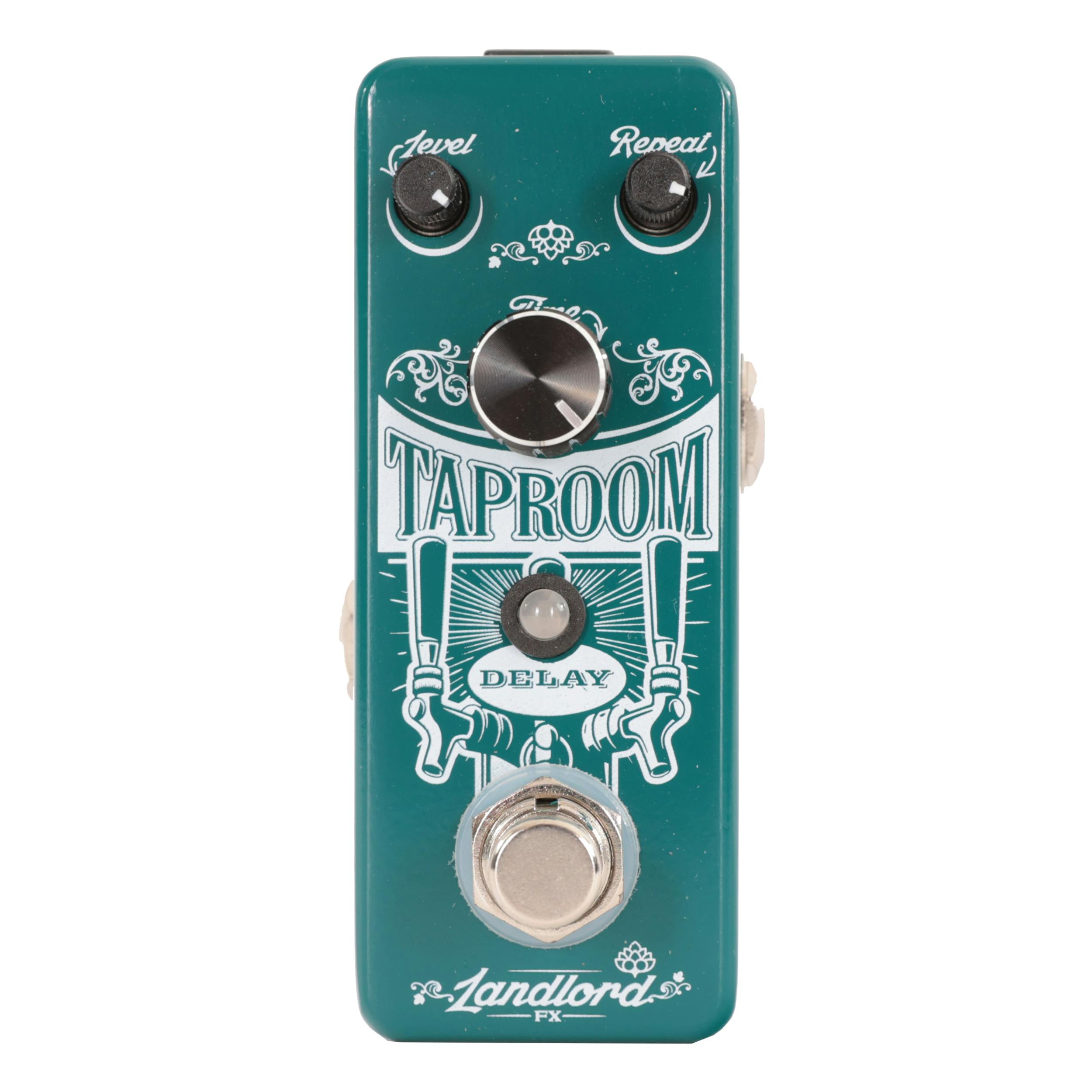
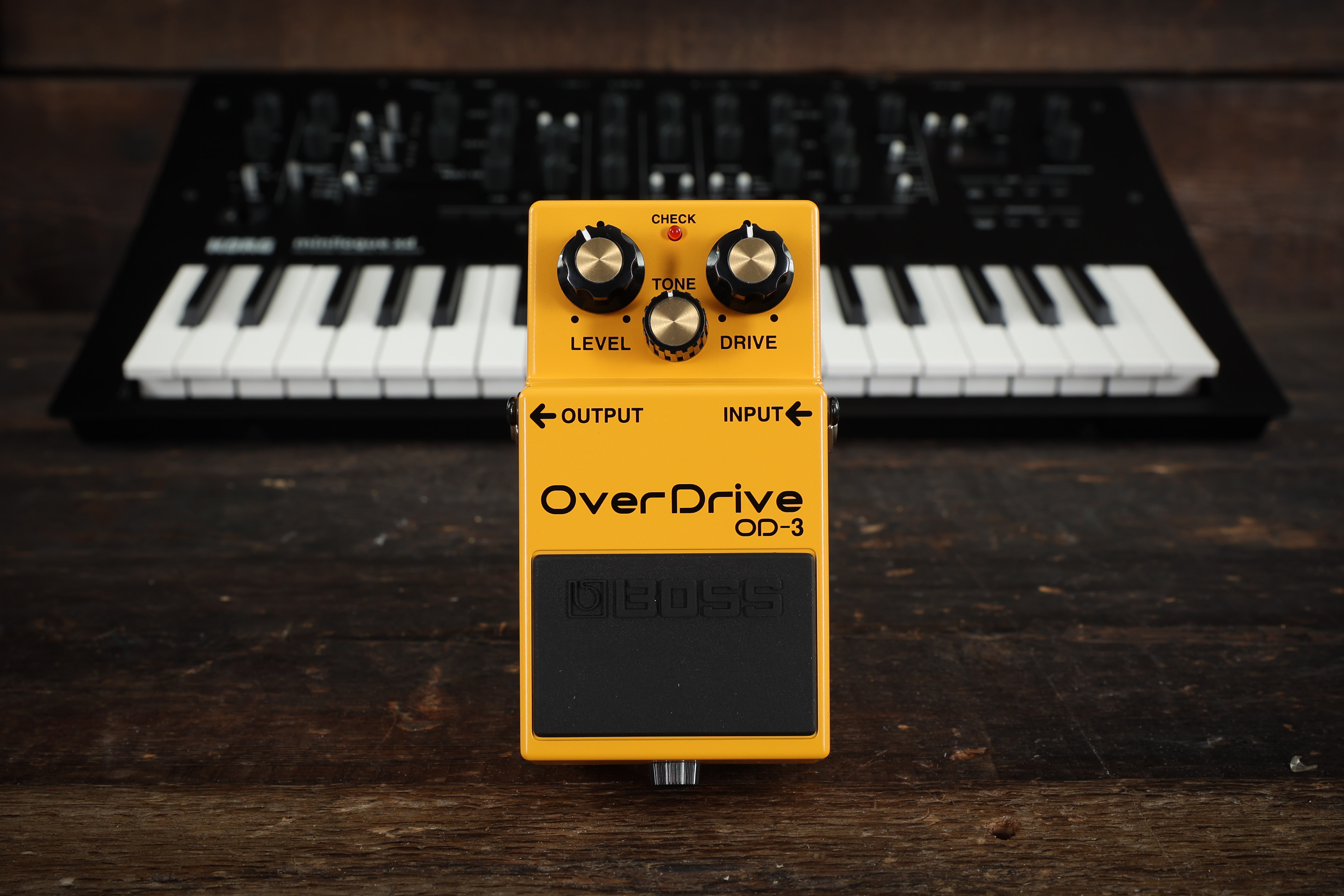

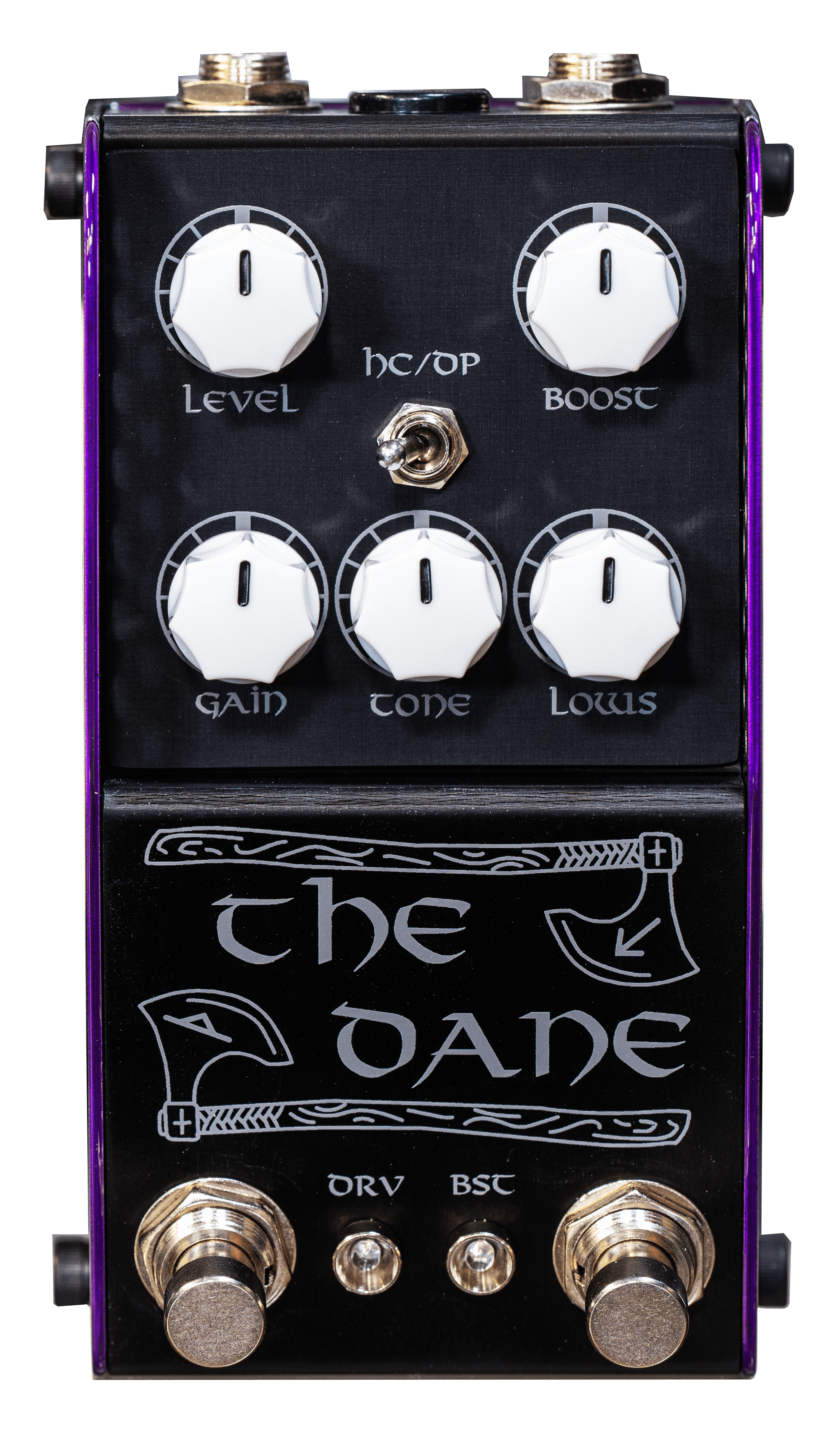

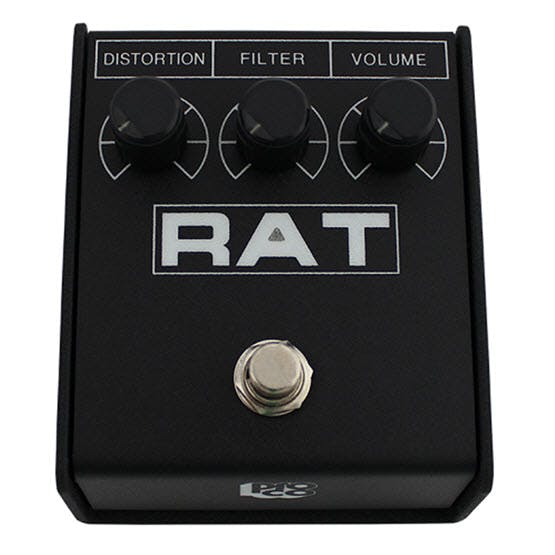
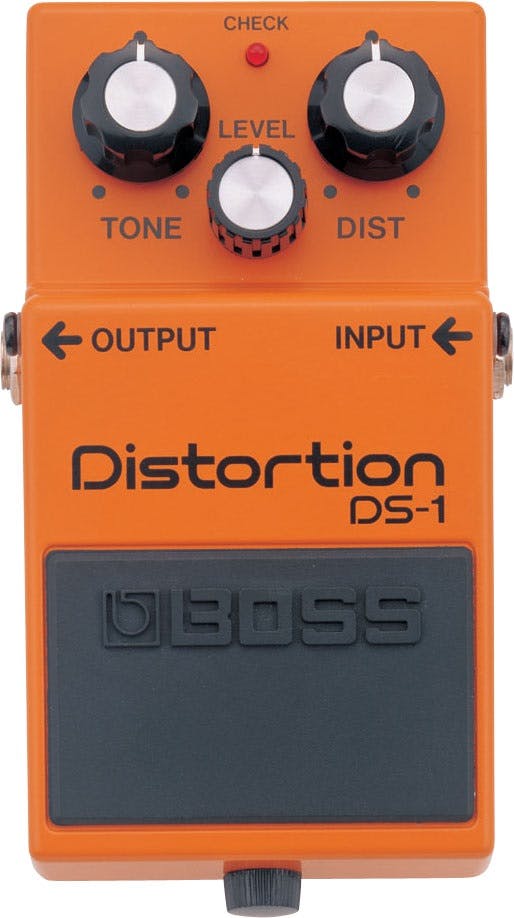
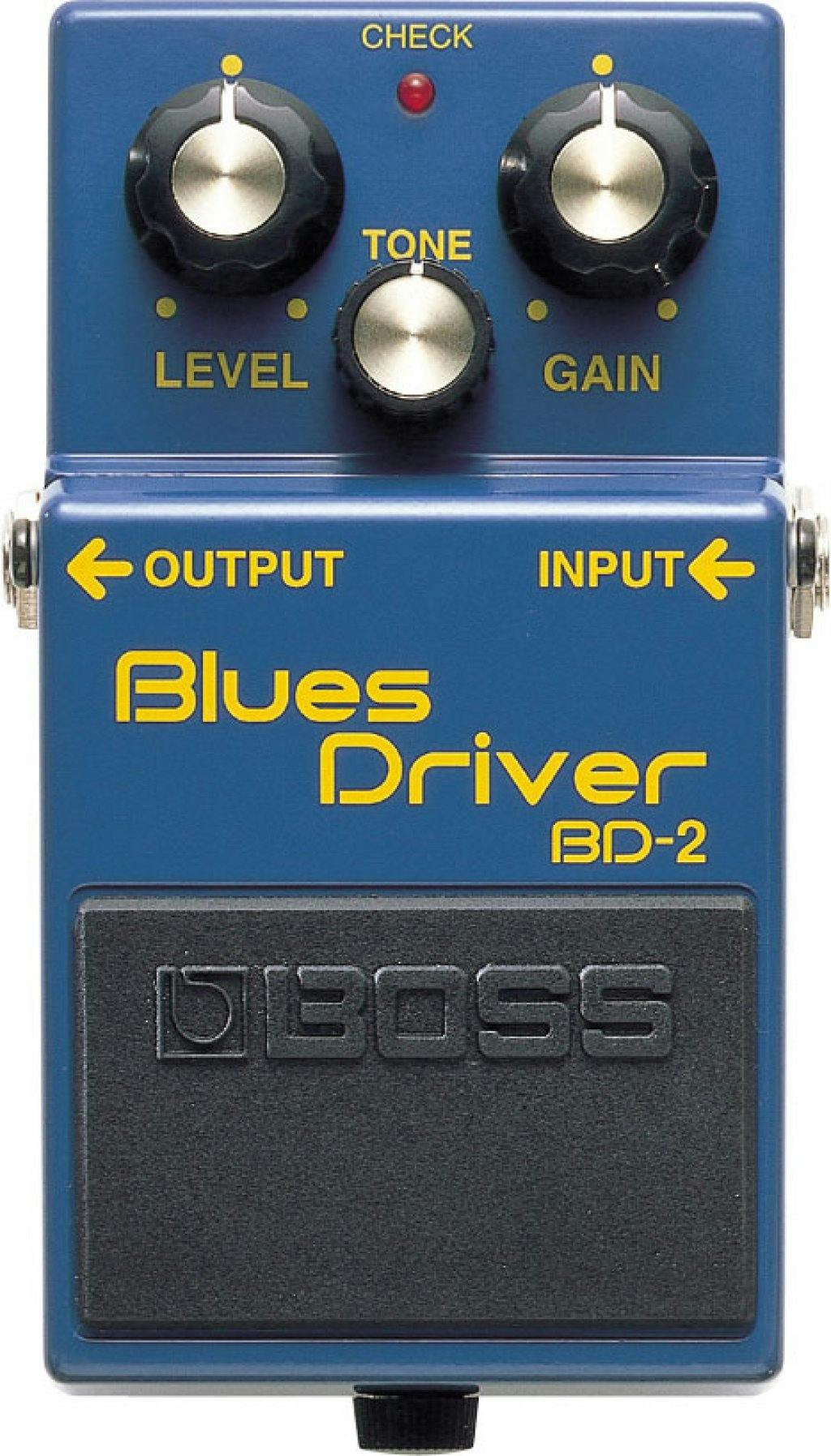
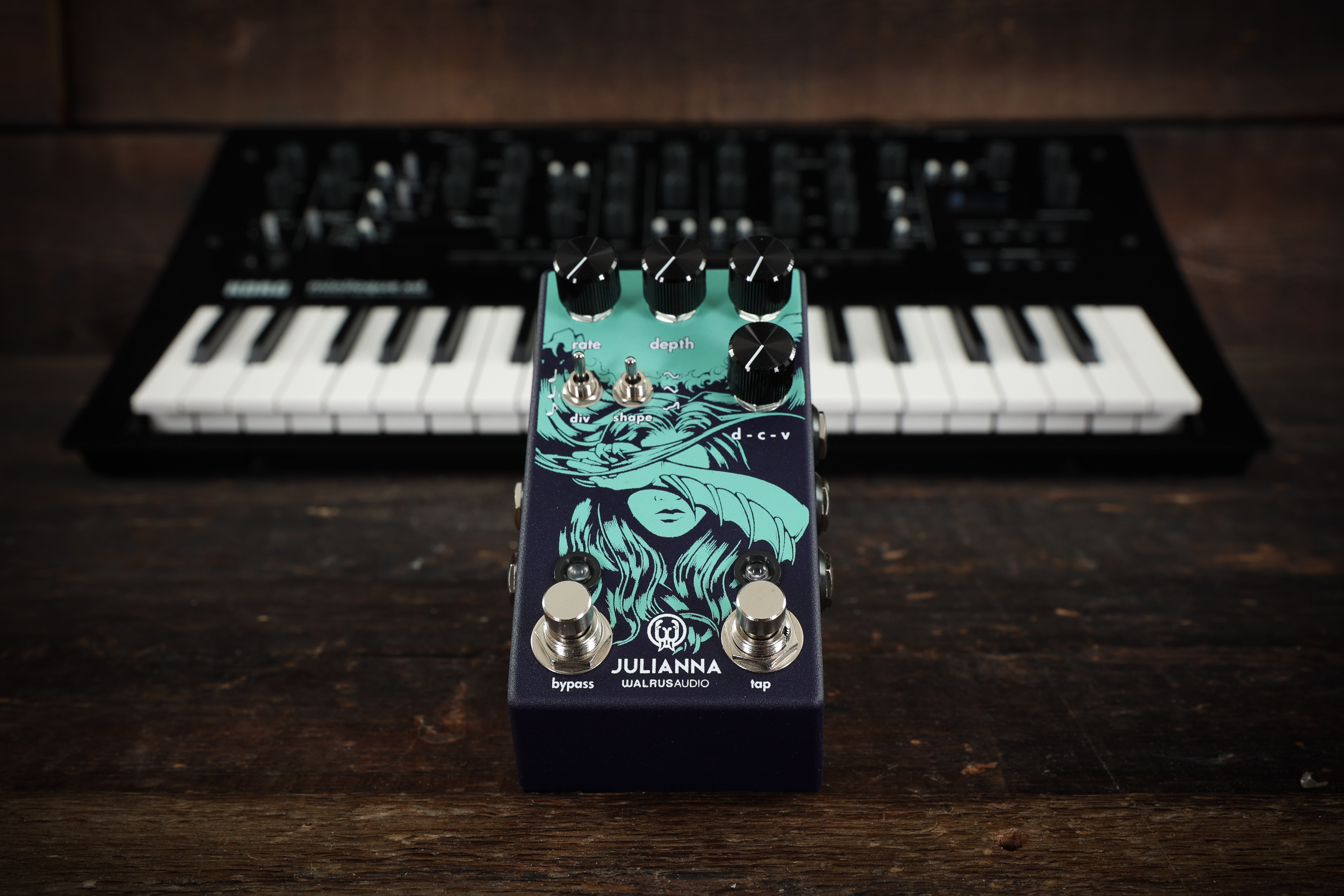


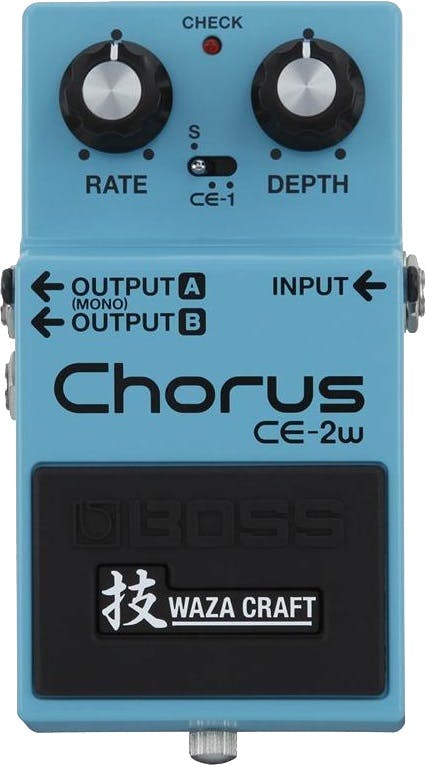

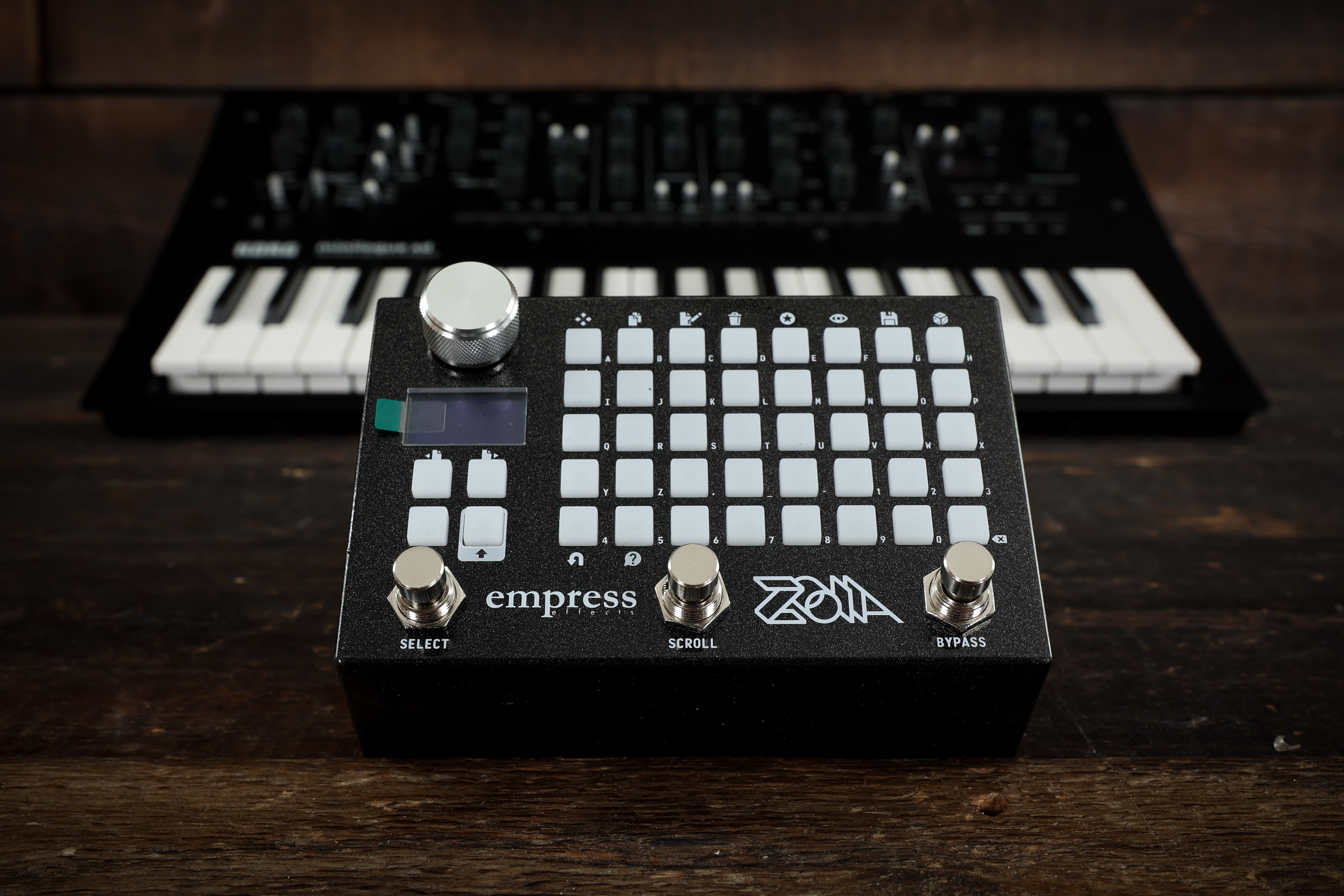
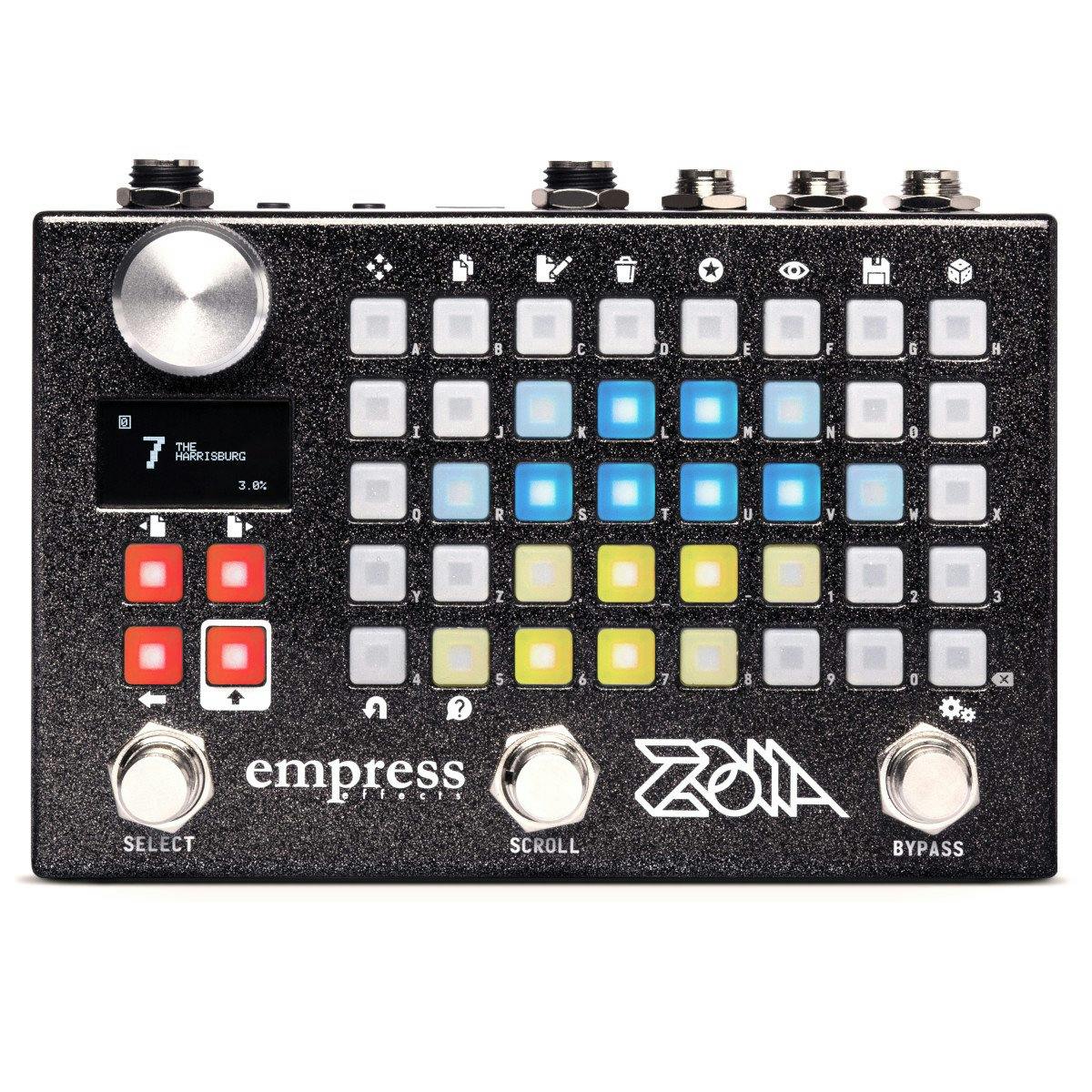






Responses & Questions